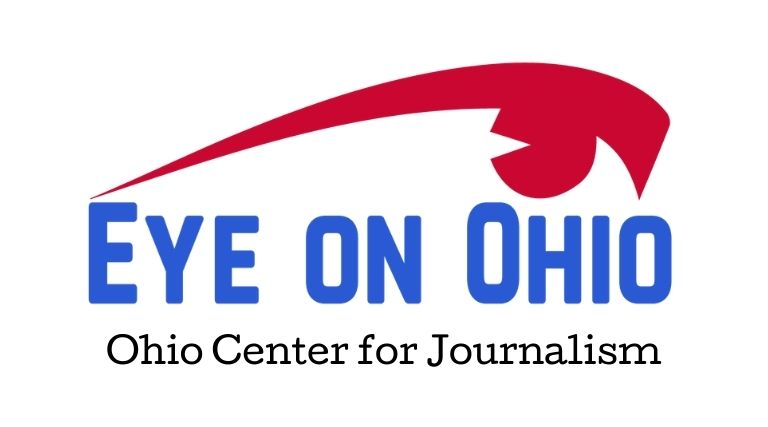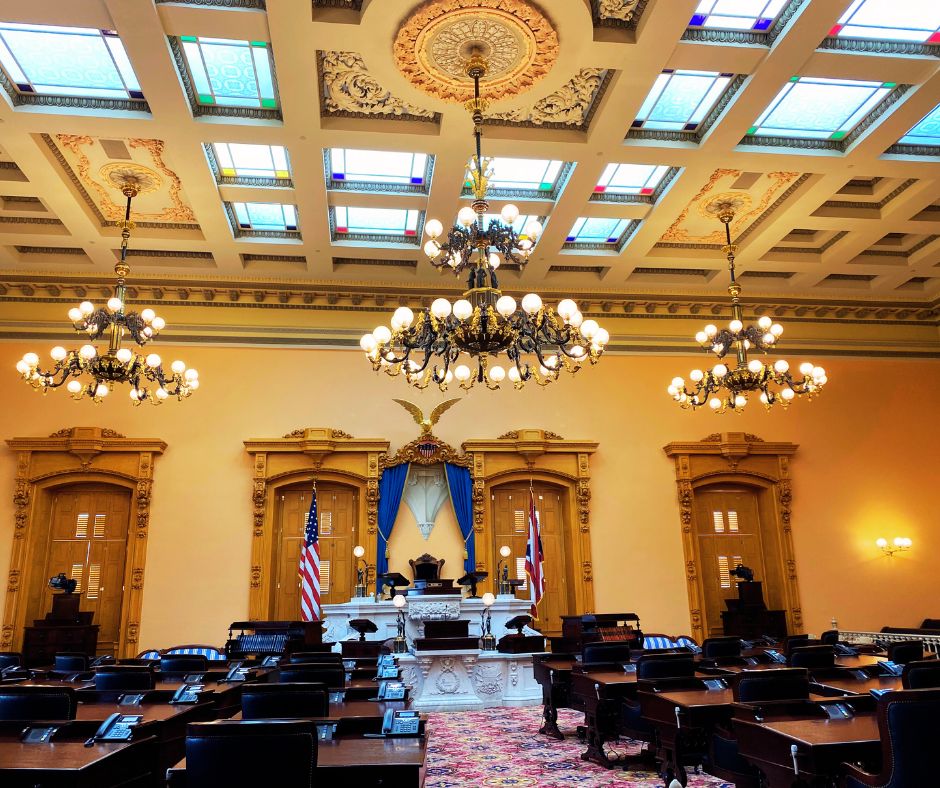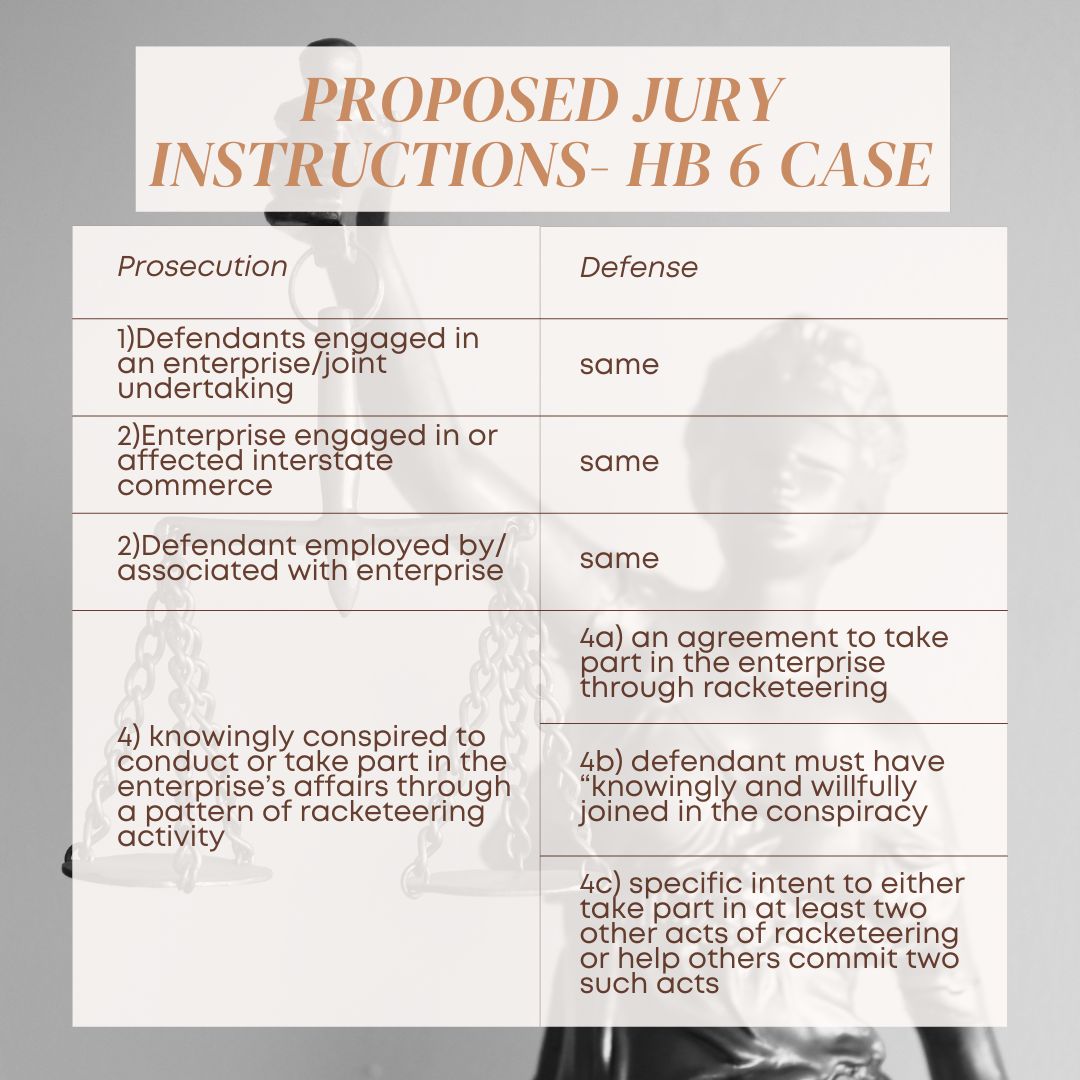-
HB 6 coal plant charges mount up again in Ohio
This article is provided by Eye on Ohio, the nonprofit, nonpartisan Ohio Center for Journalism, in partnership with the nonprofit Energy News Network. Please join the free mailing lists for Eye on Ohio or the Energy News Network, as this helps provide more public service reporting. Regulators have yet to rule on the reasonableness and…
-
What can Ohio regulators do to prevent future utility corruption scandals?
More transparency, greater accountability and use of enforcement authority could help prevent corruption and protect ratepayers, advocates say. This article is provided by Eye on Ohio, the nonprofit, nonpartisan Ohio Center for Journalism, in partnership with the nonprofit Energy News Network. Please join the free mailing lists for Eye on Ohio or the Energy News…
-
What the guilty verdicts in the HB 6 corruption case mean for energy policy and good government in Ohio
Experts see the case against former Ohio House Speaker Larry Householder and lobbyist Matt Borges as a test of limits on dark money in Ohio politics. By Kathiann M. Kowalski This article is provided by Eye on Ohio, the nonprofit, nonpartisan Ohio Center for Journalism, in partnership with the nonprofit Energy News Network. Please join…
-
Householder seeks to sow reasonable doubt in Ohio corruption trial
The defendant in Ohio’s largest corruption case gambles by taking the stand. Whether it and other factors will counter elements of the government’s case remain to be seen. By Kathiann M. Kowalski This article is provided by Eye on Ohio, the nonprofit, nonpartisan Ohio Center for Journalism, in partnership with the nonprofit Energy News Network.…
-
Householder trial: New evidence shows depth of long-suspected scheme
By Kathiann M. Kowalski This article is provided by Eye on Ohio, the nonprofit, nonpartisan Ohio Center for Journalism, in partnership with the nonprofit Energy News Network. Please join the free mailing lists for Eye on Ohio or the Energy News Network, as this helps provide more public service reporting. Ohio’s largest corruption case continues…
-
Why attention to detail matters in the government’s HB 6 corruption trial
Opening argument last month gave a bird’s eye view of what the prosecution plans to show in its criminal case. Now the government is laying out the hundreds of puzzle pieces from which they hope jurors will see the big picture. By Kathiann M. Kowalski This article is provided by Eye on Ohio, the nonprofit,…
-
‘You Ain’t No Big Man’: Videos Show Disparities in Cleveland Police Response to Kids in Crisis
This story is a joint project of the nonprofit The Marshall Project – Cleveland and Eye on Ohio, the nonprofit, nonpartisan Ohio Center for Journalism. Please join the free mailing lists for Eye on Ohio or The Marshall Project, as this helps provide more public service reporting. By Cid Standifer An ambulance was already outside…
-
Breathing easier in Cleveland: How Tighter Standards Could Change the City’s Air Quality Issues
This article provided by Eye on Ohio, the nonprofit, nonpartisan Ohio Center for Journalism. Please join Eye on Ohio’s free mailing list as this helps provide more public service reporting to the community. By Christopher Johnston While running for Cleveland City Council Ward 3 seat last year, Ayat Amin spent a lot of time canvassing…
-
A scooped-up side lot and the riverfront parcel that mysteriously got away: How rules written for distressed ‘Rust Belt’ property may benefit a select few
This project provided by Eye on Ohio, the nonprofit, nonpartisan Ohio Center for Journalism. Please join Eye on Ohio’s free mailing list as this helps provide more public service reporting to your community. By Lucia Walinchus On May 12, 2021, Chris and Angela Powers submitted a $4,000 bid for a Lawrence County Land Bank property. …
-
Cleveland and Columbus offer an LGBTQ+ business certification process. So why aren’t any businesses actually certified?
LGBTQ+ Business Enterprises are part of an intentional effort to create jobs, provide opportunities and build equity…if people sign up. By Kim Schneider Since 2014, more than 25 public entities — such as Houston, Miami Beach and Nashville — have signed on to offer the National LGBT Chamber of Commerce (NGLCC)’s process to certify Lesbian,…










